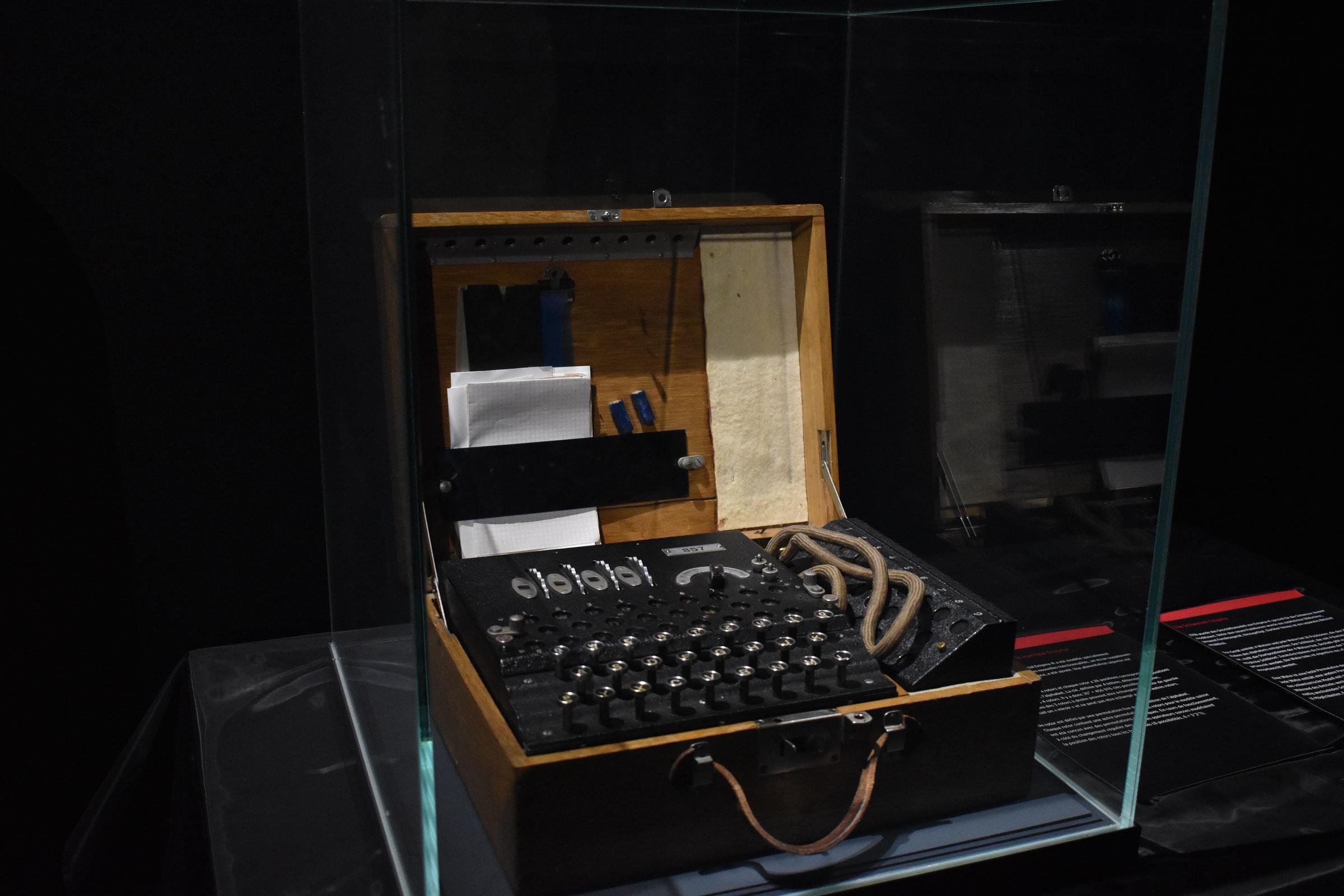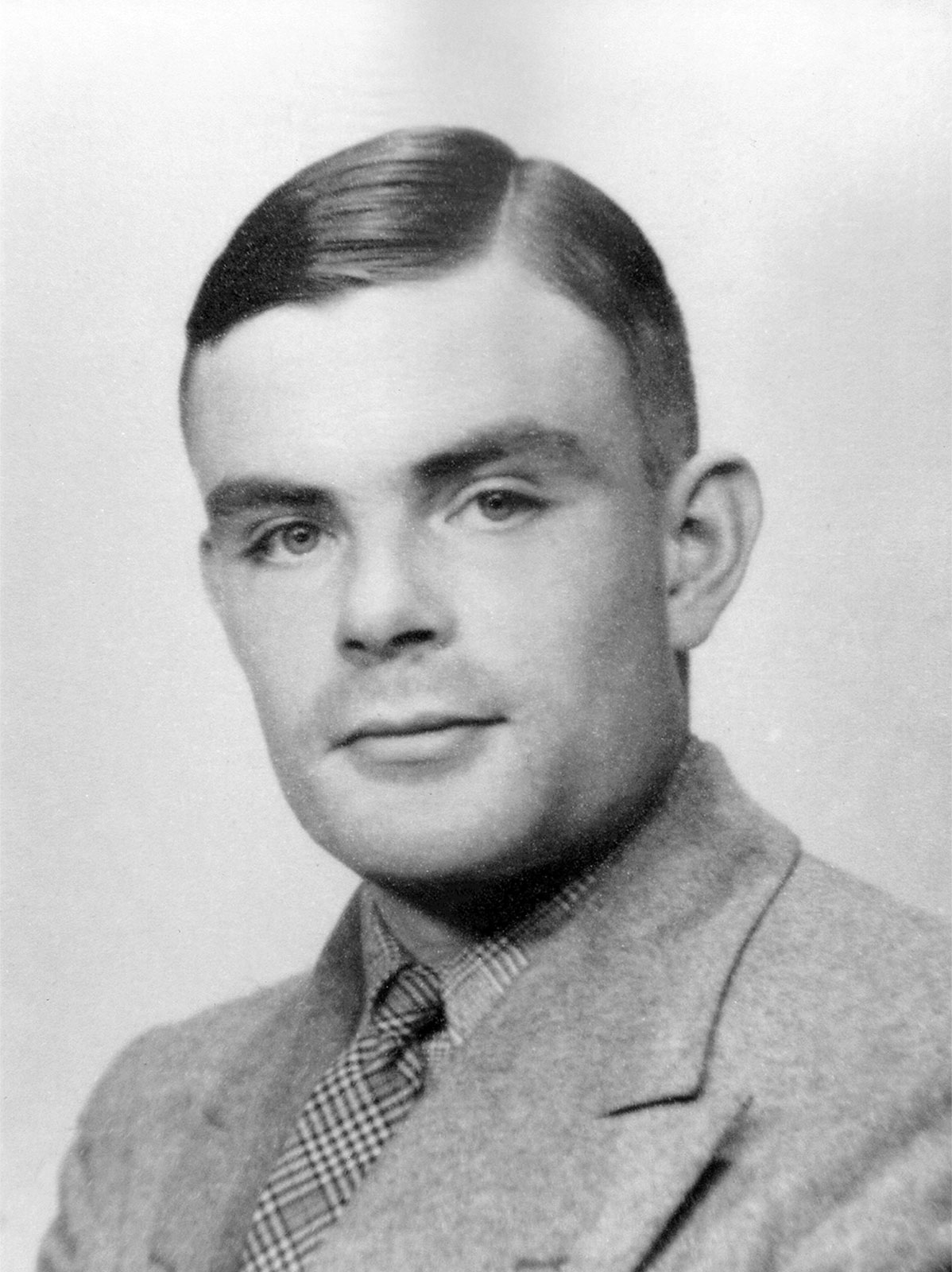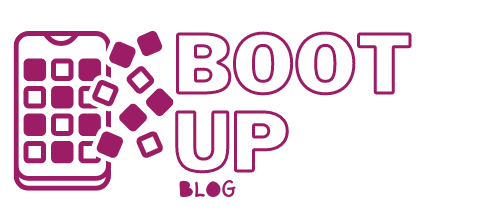Most people usually gloss over or don’t know Alan Turing when it comes to modern technology. He was a queer man who worked for British Intelligence during World War II, and he was the one who was able to decode and break the Enigma Code, which subsequently stopped the war.
He is greatly contributed to the development of computer science. However, most of us don’t know much about this important figure because he was gay and dishonorably discharged from the military and was forced to accept hormonal treatment, most commonly known as chemical castration.
It was only decades later, after his death, that he was granted a posthumous pardon in 2013 by Queen Elizabeth II. But just like for most queer people, it is too little too late. So, let’s honor this genius and learn some things that everyone should know about him.
1. The father of computer science

Turing invented one of the prototypes of the modern computer in 1936 and aptly named it the Turing machine, and according to a paper he published, this device could compute anything and was an innovation that was truly ahead of its time. This idea of his created what we now know as modern computers, and it was his idea of memory storage that created the advent of digital computers.
2. He was chemically sterilized
Back in the 50s, homosexuality was illegal in the United Kingdom, and an investigation was carried out on Turing’s sexuality. After a grueling investigation, Turing admitted to having a sexual relationship with Arnold Murray. He was then charged with gross indecency and was convicted for it.
He was given the option of time in jail or probation, and it was under the condition that he undergo treatment which was supposed to reduce his libido. Turing chose sterilization, and this procedure took a year, and because of this, he became impotent, and his breast was enlarged as a side effect of this.
3. He cracked the Enigma code

In 1939, at the beginning of WWII, Alan Turing worked in Bletchley Park for the British Intelligence Team. From then on, he was involved in cracking this code that no one was able to today before as it changed every day, according to some estimates. Turing’s work might have cut the war short by about 2 years, and he is credited for saving millions of lives.
From there, he started to work on a code-breaking machine named the Bombe with one of his colleagues, Gordon Welchman. The Bombe shortened the steps to decode the Enigma, and the 200 Bombes manufactured were able to decipher up to 4000 messages daily.
His greatest achievement during the war was to crack the Enigma, which was a device that the German used to send secret and classified messages to each other. This was extremely difficult to decipher as it was changed daily. It was only in 1941 that Turing and his team were able to decode the German Enigma message, which steered allied sips away for German submarine attacks.
4. His death
Alan Turing passed away at the age of 41, and his death is still a mystery to most of us to this day. He died of cyanide poisoning, and while most people believe his death was suicide, other people believed he was killed. According to today’s law, Jack Copeland, a scholar, believes there wasn’t sufficient evidence to rule his death as suicide. Because of his arrest, his life was turned upside down, and he lost his job.
5. He had some peculiar behaviors

Like most geniuses, Turing had some behavior that seemed weird and strange to others. To combat his allergies, he would often wear a gas mask while riding his bike, and it is also said that we would wear his PJs under his regular clothes when he was riding his bike.
Instead of fixing its faulty chain, he learned the pattern of when it was about to slip. He would then dismount his bike and secure it in place before it slipped off. When he was working at the Intelligence team in Bletchley Park, he would chain his mug to room heat. He did so to prevent others from talking or stealing his mug.
Sound off in the comments section below and tell us what you want to read next and if you want to read more about Alan Turing.

